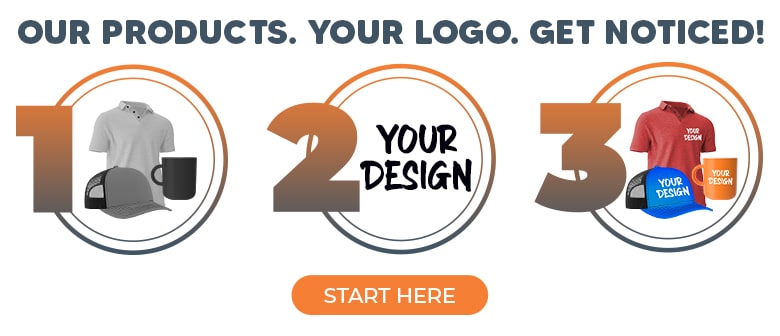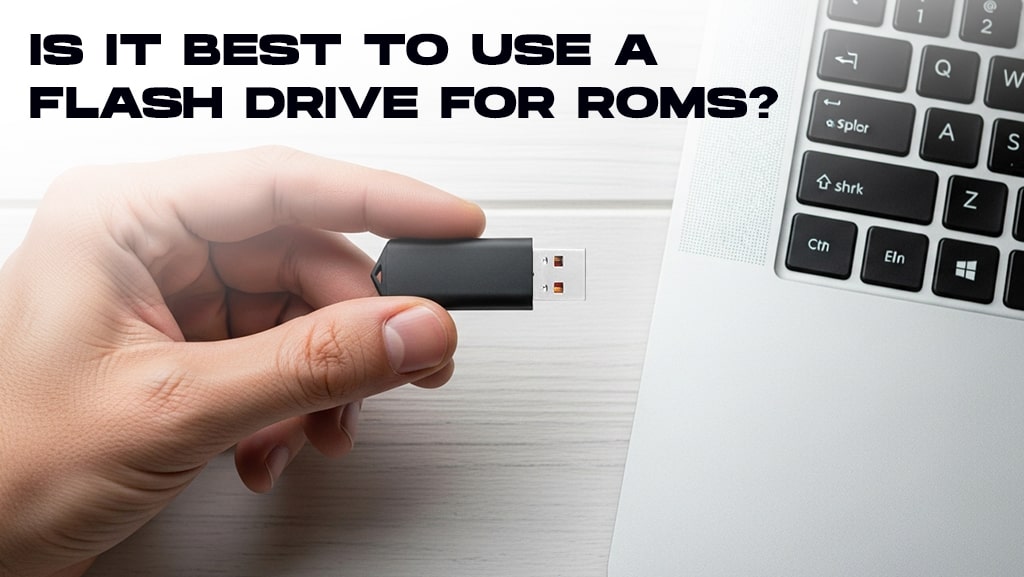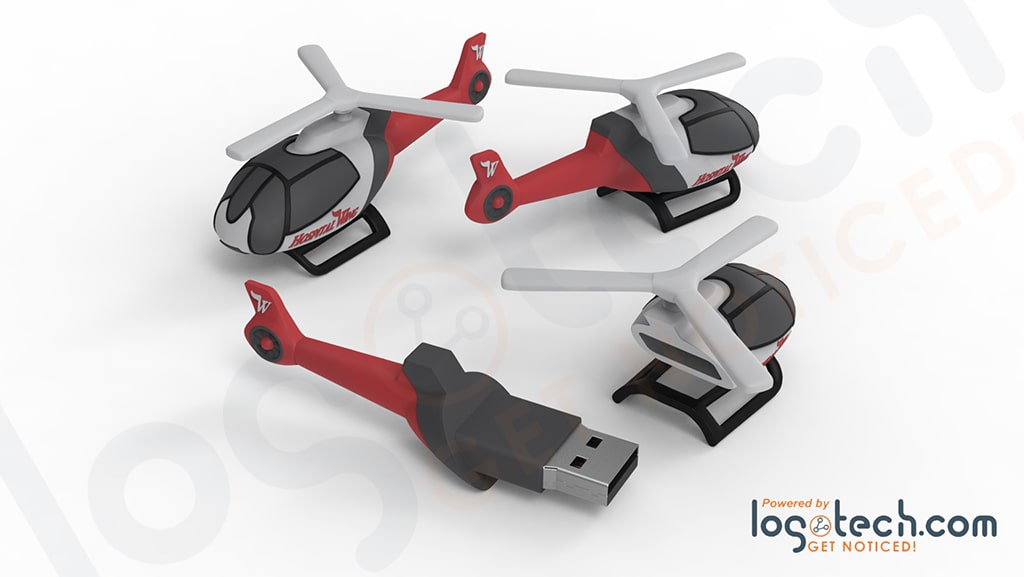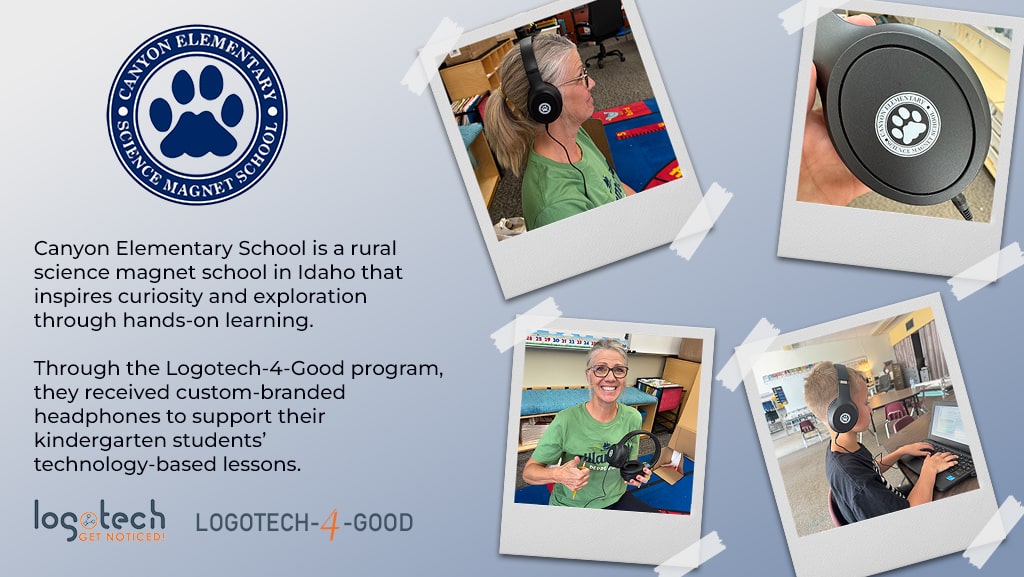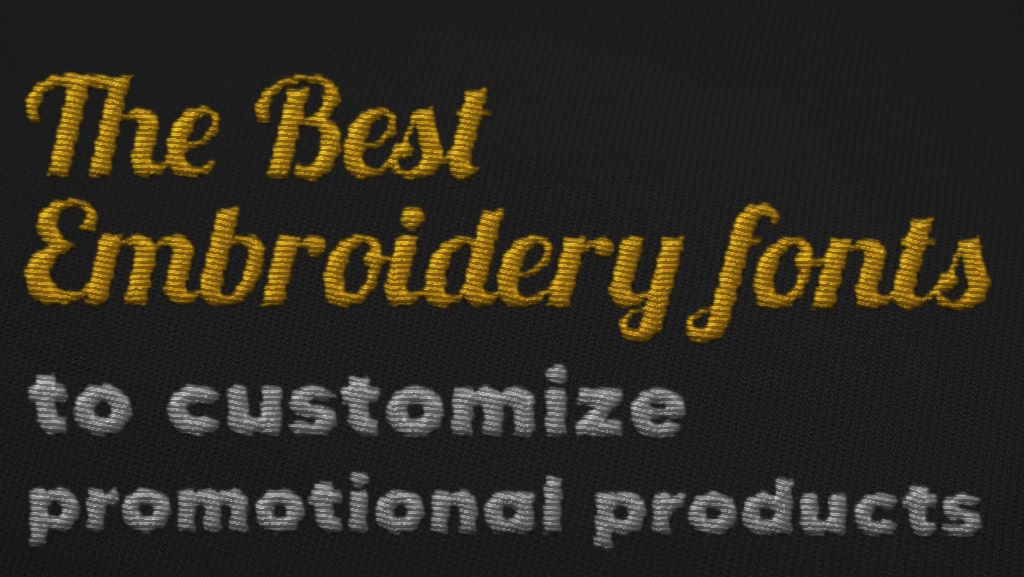
The Essential Guide to Choosing Fonts for Embroidery
The Do's and Don'ts of Embroidery Font Selection
Embroidery is an art form with a rich history and tradition. It has evolved significantly from its early origins into a quick way to give apparel a sophisticated touch. Originating in China before spreading across the globe, embroidery is synonymous with craftsmanship and elegance.
Today, especially in the promotional products world, embroidery is a popular decorative tool. For businesses, understanding the intricacies of embroidery—and font selection in particular—is crucial to achieving maximum brand visibility and customer engagement.
Understanding Embroidery Fonts
Embroidery fonts differ significantly from printed fonts, serving a unique role in textile art. A font, in general, is a set of characters, including letters, numbers, and symbols, that share a common design theme. In embroidery, these fonts are produced with threads on fabric rather than ink on paper.
An embroidery font is a software program which is specifically designed for use with embroidery machines. They translate standard font designs into stitch patterns that the machinery can execute. Unlike standard fonts, these programs must consider stitch type, length, and direction. This consideration is vital because embroidery involves layering and intertwining threads to create characters. Adjustments in the width, length, and arrangement of stitches can significantly alter the appearance and legibility of the text.
Factors for Choosing the Right Embroidery Font Style
Choosing the right font for embroidery involves several factors. By far, the most important factor is legibility. The font must be clear and easily readable, especially when scaled down to smaller sizes where certain letters might close up due to the sewing process.
Another vital factor is the stitch count and complexity. Complex fonts can increase the stitch count, affecting both the cost and the time required for embroidery. Finally, the type of fabric plays a significant role in font selection. Different fabrics react differently to embroidery, affecting the overall aesthetic and durability of the design.
The Best Fonts for Embroidery
In embroidery, certain fonts ensure both aesthetic appeal and clarity. Sans-serif fonts like Arial, Helvetica, Calibri, and Futura are top picks for their straightforward style, which translates well into stitched designs. For a traditional touch, serif fonts such as Times New Roman, Georgia, Garamond, and Courier offer elegance and formality. With their distinct ends or strokes, these fonts add sophistication to the embroidery, making them ideal for formal or corporate materials.
Fonts to Avoid in Embroidery
On the other hand, some fonts can be problematic for embroidery, particularly in smaller sizes or intricate designs. Decorative embroidery fonts, such as Papyrus, Comic Sans, and Curlz MT, often lose their charm when rendered in thread. The elaborate curves and flourishes that make these fonts attractive on paper can result in a chaotic or unrecognizable outcome in embroidery.
Similarly, while elegant on paper, fonts with complex serifs like Old English and Blackadder often lose their intricate details in embroidery, leading to a cluttered appearance. The intricacy of these fonts can lead to a loss of legibility, making them less suitable for embroidery.
The Role of Font Size and Color in Embroidery
Font size and color play a crucial role in the success of an embroidery project. Very small embroidery fonts can lead to issues like the closing up of closed letters like "O" and "Q". Choosing a size that maintains the font's legibility and integrity when embroidered is essential. The color contrast between the font and the fabric is also vital for ensuring the text stands out and is easily readable.
Enhancing Promotional Products with Embroidery
Embroidery is a powerful tool in the promotional industry, effectively enhancing the appeal of products. Its popularity stems from its durability and the premium feel it gives items. Unlike other printing methods, embroidery adds a textured feel and a sense of luxury, making promotional items more appealing and valued by recipients.
Font choice significantly influences the impact of embroidered promotional products. A well-chosen font ensures legibility and effective embroidery but must also reflect the brand's personality and message. The font's style, size, and color should resonate with the brand's identity, conveying a message to the audience.
Different embroidery techniques further enhance this appeal. Flat embroidery, commonly used on caps, shirts, and towels, offers a classic and versatile approach. 3D embroidery provides a raised, textured effect that creates a standout visual impact on items like patches or keychains. Each technique allows for customization to align with a brand's unique characteristics. This ensures that promotional items carry the brand's logo and embody its essence.
Tips and Tricks for Font Selection
When selecting fonts for embroidery, staying within the recommended size range is crucial to ensure quality. For complex styles like Old English, larger sizes are better for maintaining legibility and detail. Pay attention to serifs and how they are sewn, as they can be tricky in different-sized lettering. It's important to consider the physical limitations of embroidery, such as the size of the needle and the smallest practical stitch length, when choosing fonts.
Choosing the right font for embroidery is a blend of art and technical understanding. By considering factors like legibility, stitch length, fabric type, and brand identity, you can select a font that gives your promotional products a boost of luxury. Remembering these key points will help create embroidered items that are visually appealing and resonate with your brand's message!
Additional Resources
If you'd like more information and guidance on embroidery and choosing the right font, Logotech is here to help! Our experienced account managers and product specialists are well-versed in embroidery design and can provide personalized assistance. They'll help you navigate the complexities of font selection, ensuring that your promotional products perfectly align with your brand's identity.
Create an account on our website or call us at +1 (888) 244-5152 to connect with our team of professionals! We're ready to optimize your branding efforts through expert embroidery.
Frequently Asked Questions
Q: What is the smallest size that characters can be embroidered?
A: Generally, characters should be no smaller than 1/4 inch tall for legibility.
Q: Is it possible to embroider multicolored designs?
A: Yes, multicolored designs can be achieved with advanced embroidery machines.
Q: Are there eco-friendly options for embroidery threads?
A: Threads made from recycled materials or sustainable sources are available.
Q: What's the difference between hand embroidery and machine embroidery?
A: Hand embroidery is done manually, allowing for unique, artisanal designs, while machine embroidery is faster and more consistent.
Q: Is it more cost-effective to embroider in bulk?
A: Generally, yes, as setup costs are distributed across many items.




